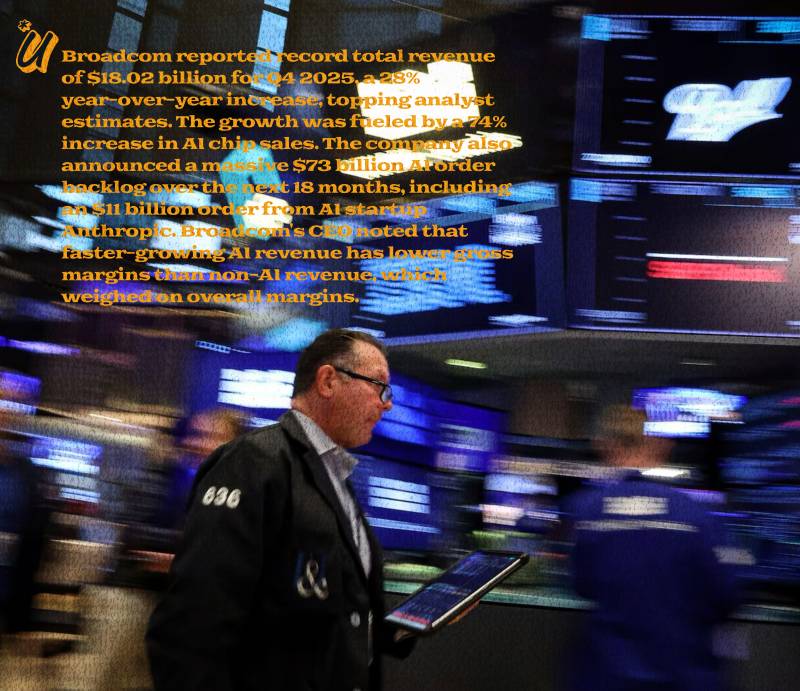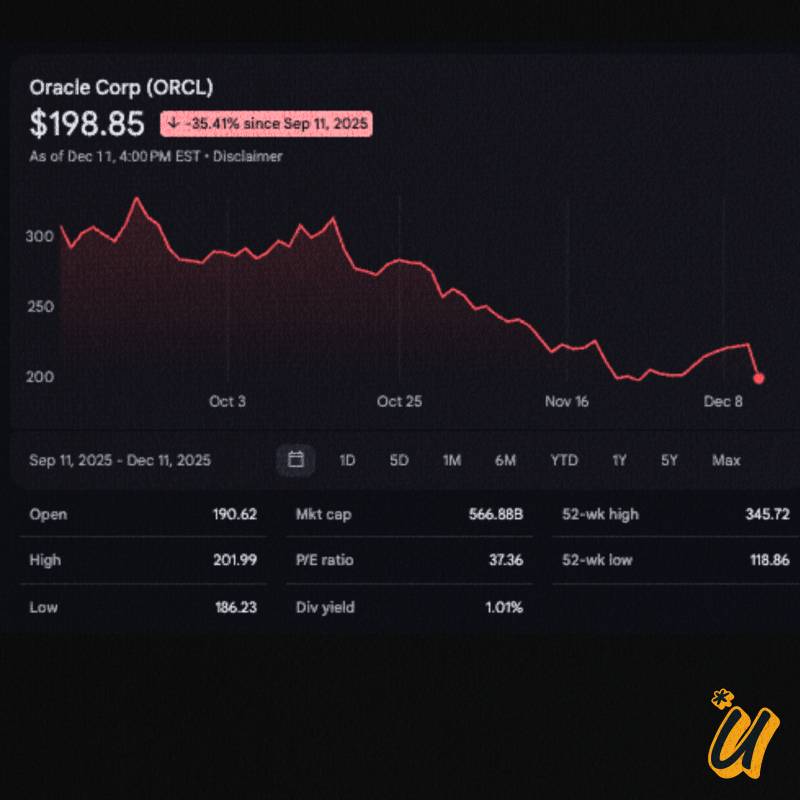The global shipping industry is enduring unprecedented turbulence as front‑line players reel from the ever‑tightening U.S.–China trade war. Tariff “stacking” and rapidly shifting regulations are triggering blank sailings, erasing crucial west‑coast port activity, and forcing dramatic rerouting efforts. May saw the Port of Los Angeles—the nation’s top seaport—report a 9% decline in imports year‑over‑year after tariffs skyrocketed to 145% on Chinese goods. Although officials recently brokered a 90‑day truce, scaling duties back to 30%, container volumes remain stubbornly low. Meanwhile, backup ships, dockyard slowdowns, and surging costs have triggered a ripple effect: cargo cancellations, dockworker layoffs, and stalled local economies across the American West Coast.

Read Also: US, China Strike Deal to Ease Export Controls After London Talks

Global shipping carriers aren’t spared. Blank sailings—cancellations of otherwise scheduled voyages—surged 13% in recent weeks, and red‑flag indicators suggest a further 28% increase, signaling systemic malaise in Pacific trade lanes. Companies are now reconsidering route sustainability, freight economics, and even vessel construction trends—especially with China mandating domestically built LNG ships for port access. Insurance premiums and security levies related to geopolitical instability—like the Red Sea Houthi attacks—are being passed on through freight costs, leaving shippers and importers scrambling to recalibrate logistics budgets. Notably, Mitsui O.S.K. Lines (MOL) continues operations across the Gulf while avoiding the Red Sea, yet anticipates raising ocean freight rates further. As container charges double—hitting between $6,500 and $8,500 per 40‑ft unit before the June deadline—smaller retailers without volume leverage are squeezed hardest, likely passing costs along to consumers. Bigger players are shifting production out of China or imposing minimum‑order thresholds for free shipping, reshaping both online pricing strategies and global sourcing trends.
U.S.–China negotiations continue in London under a new framework that outlines tariff roll‑backs and export controls relief, but full recovery in shipments remains uncertain. Meanwhile, threats of new reciprocal tariffs in July and extra shipping fees targeting Chinese-built vessels make contingency planning all the more urgent. For U.S. port cities, the impact is glaring: the Port of Los Angeles is seeing just five ship arrivals per day, down from a usual twelve, and dockworker job tickets have plunged by nearly half. With 60% of trade flowing through the L.A.–Long Beach complex tied to China, civic leaders demand stable, long‑term trade strategies to sustain local economies.
To adapt, shippers are diversifying. Some redirect via the Cape of Good Hope to avoid Red Sea risks, although this adds 10 extra days and $1 million in fuel per voyage. Others are recalibrating supply chains, building alternative sourcing outside China, and rethinking port investments—all while feeding through the final shock to consumer prices and availability. In short, the shipping chaos sweeping through global supply lines underscores a critical reality: maritime logistics have emerged as pivotal frontlines in geopolitical economic conflict. The freight mayhem unfolding across the Pacific—and beyond—is now an early warning for global trade health. As tariffs shift and trade talks stall, the costs on consumers, workers, and coastal economies are poised to climb.



